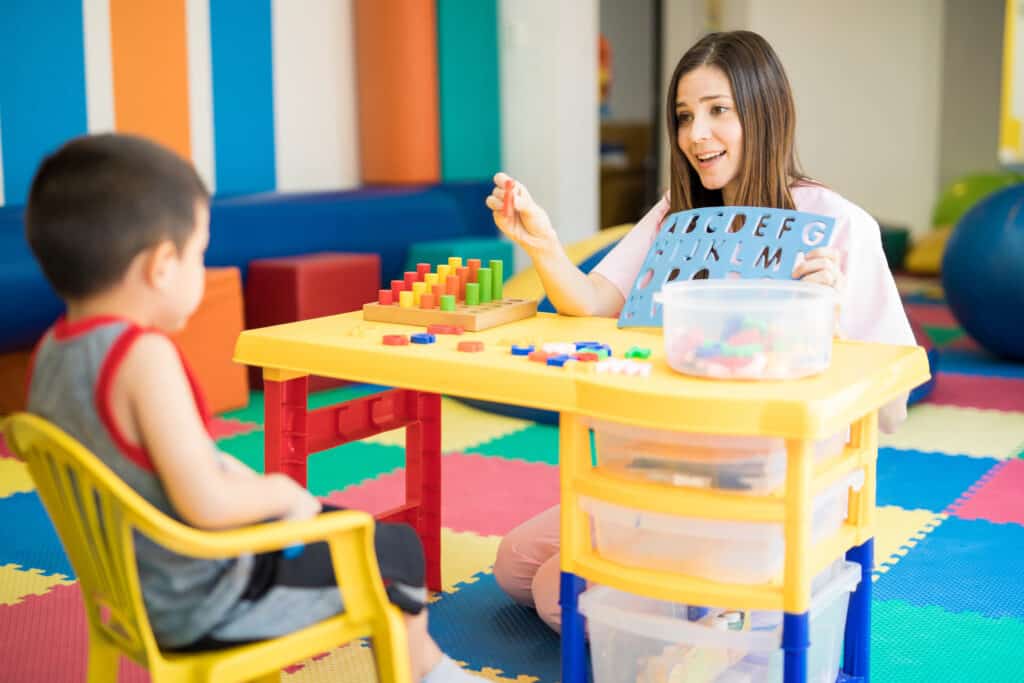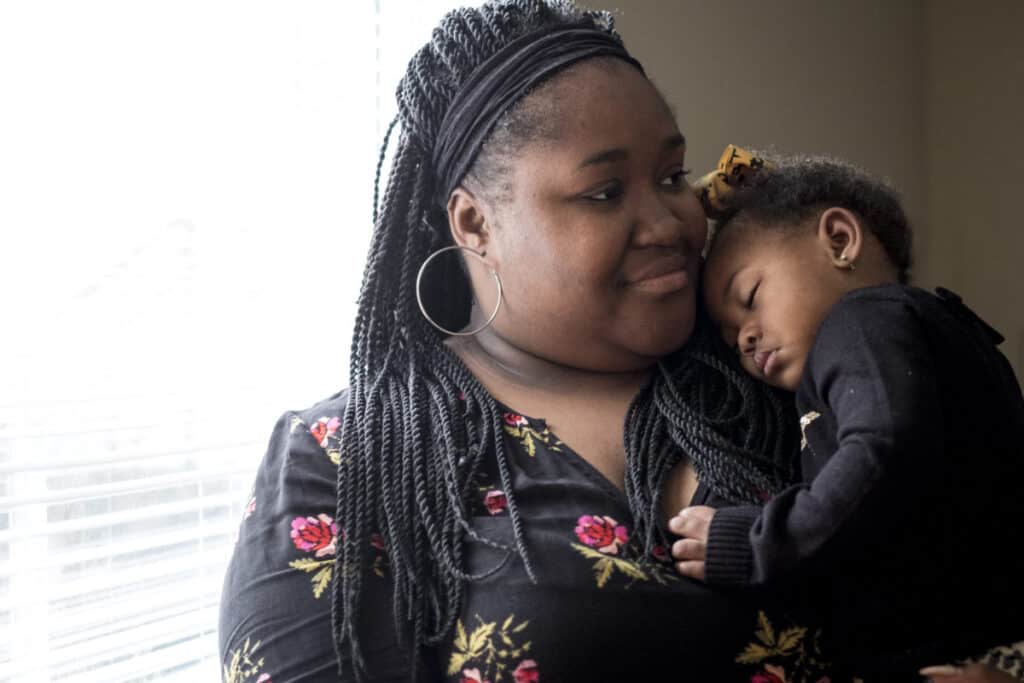Special Education is a set of professional services that support children who struggle in school because of a disability.
All public school systems are required by law to offer free services to children with disabilities from ages 3-21 to support their learning. Some states and districts may use other terms for Special Education, like Exceptional Student Services (ESS).
Don’t be scared by the term Special Education! It only means that your child will get special services to help them learn in school. It does not mean that they are any less smart than others, just that they need some support at the time.
How does Special Education work?
- To qualify, a child must have a disability that affects their learning, and they must need specially designed instruction in order to make progress in school. The school district will do an evaluation to see if a child qualifies and to decide what services they need.
- Kids can get some services starting at age 3, even before they start school. They should continue getting services as long as they qualify, through graduation from high school or age 21 (whichever is sooner).
- You will work with a school team to decide on a plan of services. This plan will be described in an Individualized Education Program, or IEP — a legal document the school is required to follow.
- Your child might work with a learning specialist inside the regular class, outside the regular class, or a combination of both.
- Some children also need therapies to help with things like speech, coordination, emotions or behavior. These may be called “related services”.
Every child has a right to a free public education that meets their unique needs. It’s the law.
What are Special Education services, anyway? How can they help my child?
There are many kinds of special education services. They include specialized instruction and also therapies like speech or occupational therapy to help your child with developmental skills.
Examples of Special Education services:
- One-on-one or group sessions with learning specialists
- A Special Education teacher working with your child and others in the classroom
- Therapies like Speech Therapy, Occupational Therapy (OT) or Physical Therapy (PT)
- A plan to help with behavior issues
- Counseling for coping with social or emotional issues
- Help with special devices or equipment a child may need
A student may also get accommodations, which are changes to the classroom environment that make it easier for the student to learn. Here are some examples:
- A specific placement for your child’s desk
- Equipment to help reduce distraction (like headphones)
- More time to take tests
- Frequent breaks
- Audio or video supports (can read instructions out loud, or take notes by voice recording)
You and the school team will develop a specific plan that describes the services your child needs. Remember, these are just examples!
Who qualifies for Special Education services?
Children from ages 3-21 with a disability that affects how they learn in school.
- This can be a physical or learning disability, a developmental delay, or autism.
- This can include challenges in any of the following areas: physical, learning, social, behavioral, medical, communication, or developmental.
To qualify for an IEP (Individualized Education Program), all of the following criteria must be met:
The child must have one of these diagnoses:
- Autism
- Deaf or hard of hearing
- Deaf-blindness
- Developmental delay
- Emotional disturbance
- Intellectual disabilities
- Multiple disabilities
- Orthopedic impairment
- Other health impairment
- Specific learning disability
- Speech or language impairment
- Traumatic brain injury
- Visual impairment
and
The student is not making effective progress in school, and the lack of progress is a result of the student’s disability.
and
The student needs specially designed instruction in order to make effective progress in school.
The evaluation will help decide if your child meets these criteria. If your child meets all of them, they will qualify for Special Education and an IEP.
If your child does not qualify for an IEP, they might still qualify for other services and programs. For example, they may be able to get accommodations under Section 504 of the Rehabilitation Act. See what to do if you don’t agree with the decision.
How do I start the process to get Special Education services?
- Identify your concerns and talk to the teacher. Or contact your school system’s Special Education department.
- Ask for your child to have a special education evaluation. (This request is called a “referral”, but you can refer your child yourself by asking for it.)
- The school does an evaluation.
- Based on the evaluation, you see if your child qualifies (is eligible) for Special Education.
- Your child may qualify for an IEP or a 504 Plan, or neither. If your child doesn’t qualify, you have a right to get another evaluation.
- If your child qualifies, you and a team from the school will have a meeting and create the IEP together.
- You’ll meet every year to review the IEP and make sure it is still the best plan.
If you feel that your child is struggling in school or may have a disability, the first step is to figure out what your concerns are, and then talk to the right people at the school.
- Identify your areas of concern. What aspects of school is your child having trouble with?
- Mastering reading or math skills
- Developmental: they don’t have the same skills as others their age
- Social or communication issues
- Emotional or behavioral issues that affect their ability to focus and learn
- Talk to your child’s teacher or principal about your concerns. If your child is not yet in school, contact the Special Education department.
- Ask the teacher about trying informal strategies. Sometimes simple changes in the daily routine, classroom set-up, or the teacher’s approach can make a difference. The school may try these first to see if they work.
- If these changes do not help, then you should ask for a referral for an evaluation.
Tip: Keep records of all your communications with the school!
- Include emails, letters, phone calls, even conversations. (Follow up with an email summarizing a conversation or call.)
- Make sure there’s a date.
- This can prove what you have asked for, and when.
- These records may help later if you have to stick up for your rights!
- See this article on How to Use a Paper Trail.
What are Special Education services? They are critical supports for children with disabilities. Getting your child the right services is not easy, but it is worth it to make sure they have the support they need for a smooth and successful school experience. Try to work with the school as a partner rather than an opponent. (But you still may need to be a squeaky wheel!)



